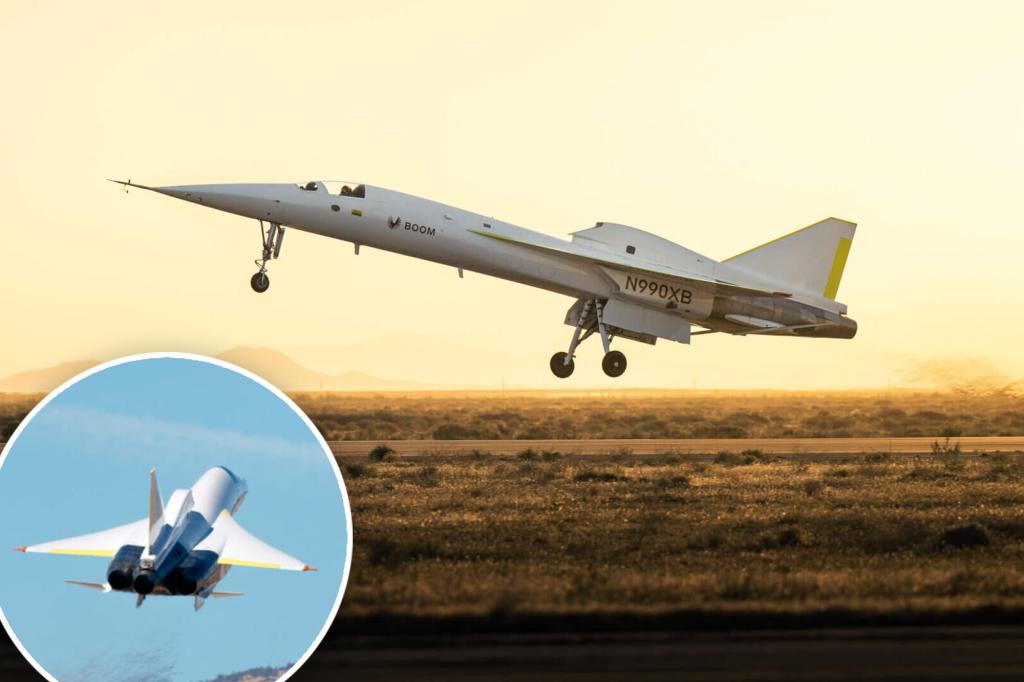A successful test of the XB-1 supersonic aircraft, also known as the “Son of Concorde,” recently reached speeds nearing Mach 1, setting the stage for faster air travel between major cities like New York and London. The test flight, conducted in California, reached 499 knots, or about 574 miles per hour, at an altitude of 23,015 feet. This marks significant progress in the goal of restoring supersonic air travel efficiently and safely.
The Concorde, the predecessor to the XB-1, was able to fly from London to New York in under three hours before it was retired back in 2003. The retirement of the Concorde was influenced by a tragic crash that took the lives of 109 individuals on board and four people on the ground in Paris in 2000. Despite this setback, the idea of supersonic air travel has seen renewed interest with the development of the XB-1 by American company Boom Technology.
Major airlines like American Airlines and United Airlines have already expressed interest in flying the supersonic planes once Boom’s broader Overture project, which involves a fleet of full-sized passenger jets, takes off. The company is supported by the U.S. Air Force and has notable individuals like former British Airways Chief Concorde Pilot Mike Bannister backing its efforts. The Overture project aims to achieve flight speeds beyond Mach 1.7 and reduce travel times significantly.
The capabilities of the XB-1 supersonic aircraft are impressive, with a maximum range of nearly 5,000 miles at a cruising altitude of 60,000 feet. This allows for faster travel times, such as a journey from New York to London in just over three and a half hours. In addition to transatlantic flights, the Overture project envisions shorter flight times for routes like Washington, D.C. to Dublin in about 3 ½ hours, and Los Angeles to Tahiti in 4 ½ hours. The project aims to make international travel more efficient.
Boom Technology has set ambitious goals for the future of supersonic air travel, including plans for a full-scale engine core to be operational by 2025. While no specific timeline for commercial use has been released, the company’s progress with the XB-1 aircraft and the Overture project suggests a promising future for faster, more efficient air travel. With technology advancing rapidly, the idea of flying between major cities in just a few hours could become a reality sooner than expected, revolutionizing the way we think about air travel.


